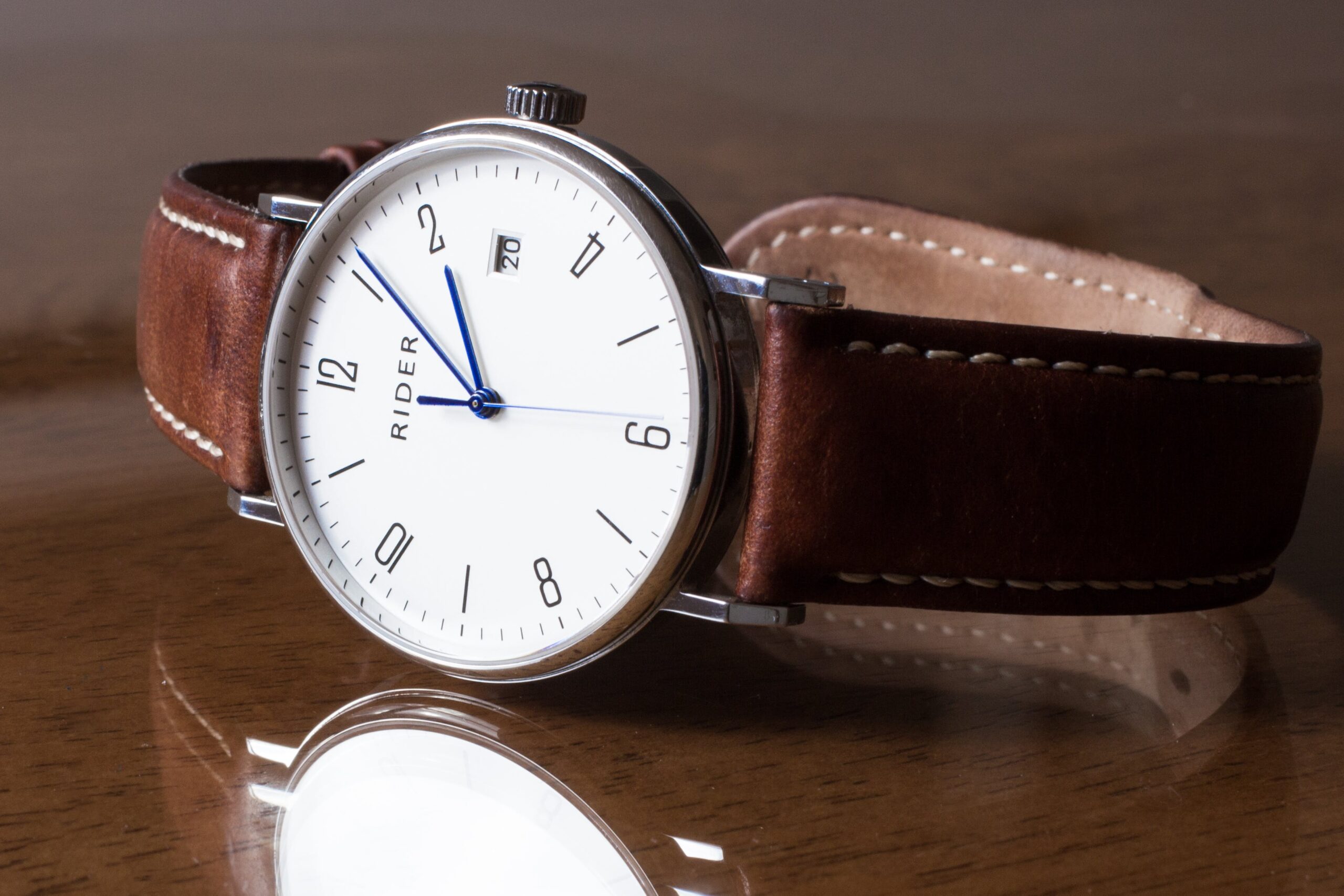Introduction:
The world of horology is a fascinating tapestry woven with the threads of time, craftsmanship, and innovation. Watches, once mere timekeeping devices, have metamorphosed into cultural artifacts that encapsulate the essence of different historical epochs. This article embarks on a captivating exploration, meticulously dissecting the intricate evolution of watch trends, revealing the subtle nuances that have defined eras and shaped the trajectory of the horological landscape.
1. Era 1: Traditional Mechanisms (17-18th Century)
As we step back in time, the 17th and 18th centuries unfold as the cradle of watchmaking craftsmanship. Pendulum and pocket watches emerged as marvels of mechanical ingenuity, transcending their utilitarian function. Beyond their precise timekeeping capabilities, these timepieces became canvases for artistic expression. Ornate designs and intricate symbols adorned the watches, serving as reflections of the prevailing cultural and societal ethos.
2. Era 2: Design Revolution (19th Century)
The 19th century ushered in a transformative era in watch design, catalyzed by the industrial revolution. With manufacturing processes advancing at an unprecedented pace, watchmakers found themselves liberated from traditional constraints. This newfound freedom birthed a diverse array of styles, marking a departure from the ornate designs of the past. Concurrently, the era witnessed the birth of chronometers, introducing levels of precision that would lay the foundation for future innovations.
3. Era 3: Glass and Digital Innovations (20th Century)
Materials took center stage in the 20th-century watch landscape. Glass and crystal became integral components, opening up new possibilities in both form and function. The century also witnessed the advent of electronic and digital watches, reshaping the industry's trajectory. Iconic designs, epitomized by the quartz watch, not only revolutionized timekeeping but also became cultural touchstones, symbolizing the era's embrace of technology.
4. Era 4: Modernity and Technology (21st Century)
The 21st century unfolds as a fascinating synthesis of tradition and technology. Smartwatches seamlessly integrate into our digital lives, representing a paradigm shift in the industry. Material science has undergone significant evolution, giving rise to watches that not only showcase style but also prioritize environmental sustainability. This era witnesses a delicate equilibrium between preserving heritage and embracing the relentless march of innovation.
5. Trends in Modern Collections
Leading watch brands play a pivotal role in shaping contemporary trends. Through meticulous analysis, we explore the intricacies of modern collections, dissecting design philosophies, material choices, and technological integrations. From avant-garde designs that push the boundaries of aesthetics to the seamless integration of cutting-edge technologies, we delve into the features that resonate with the discerning tastes of today's buyers.
6. Conclusions
The interplay between historical trends and modern innovations underscores the dynamic nature of the watch industry. As technology advances at an unprecedented pace, the future promises even more exciting developments. For collectors and buyers, this nuanced understanding of historical contexts becomes paramount, enabling them to make choices that extend beyond transient fashion, aligning with their unique tastes and values.
